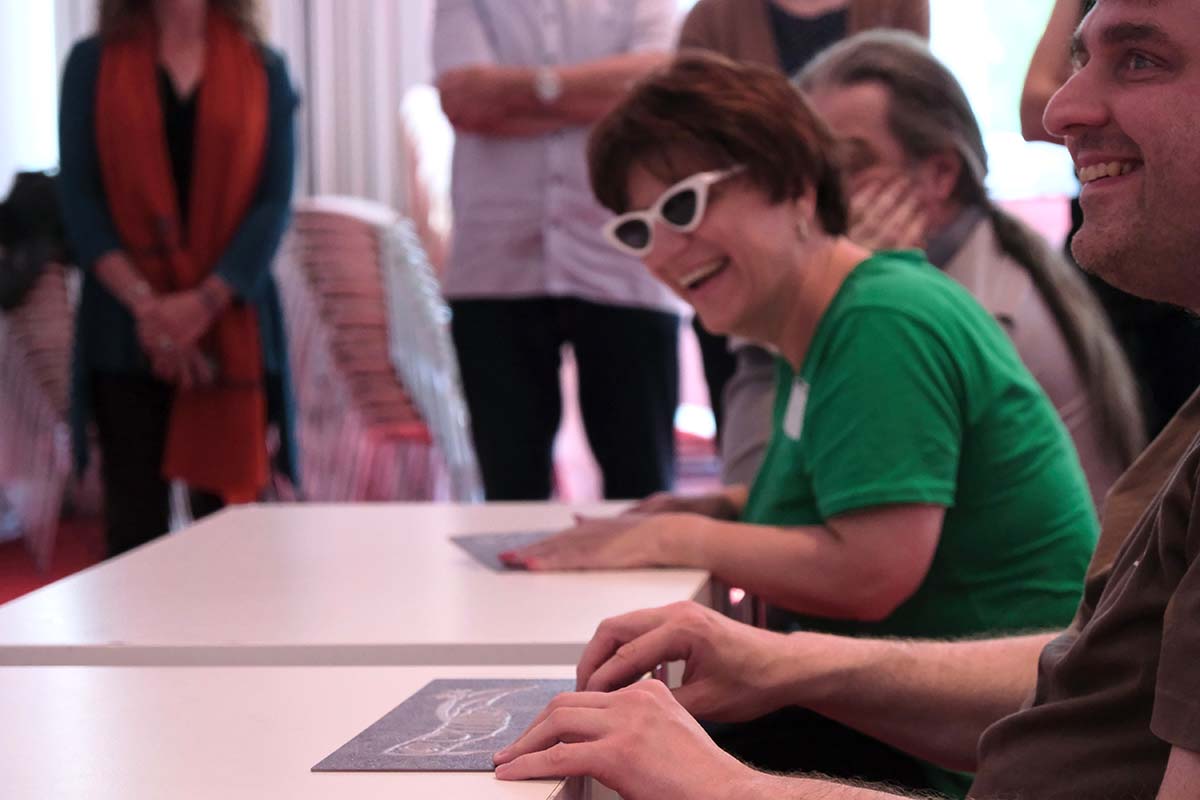

The felt body: a multisensory approach for and with a visually-impaired public
The felt body: a multisensory approach for and with a visually-impaired public
Moreover, the project generated the Workshop „DER GEFÜHLTE KÖRPER: EIN MULTISENSORISCHER ANSATZ“ / “The felt body: a multisensory approach for and with a visually-impaired public” which took place in the Kunsthalle Kiel on 9.06.23.
Through collaboration with various experts this workshop addressed and involved the blind within the public, but also the multi-sensorial dimension of any experience of ‘body’ and any attempt to access images of it. Silja Korn presented her photographic work as artist and blind person, “Lightpainting Art. Der Kreislauf des Lebens”; the Workshop also proposed a presentation on olfactory history (by Victor Golubev & Sean Coughlin) and an olfactory experience (by Klara Ravat), and an art-historical guided visit of artefacts from the Comparative Guts exhibition aimed at a blind public. This visit, led by art historians Almut Rix and Michaela Wilk, presented a selection of four images to a blind public, aided by 3D and relief prints based on the originals, prepared by Sylvia Goldbach.
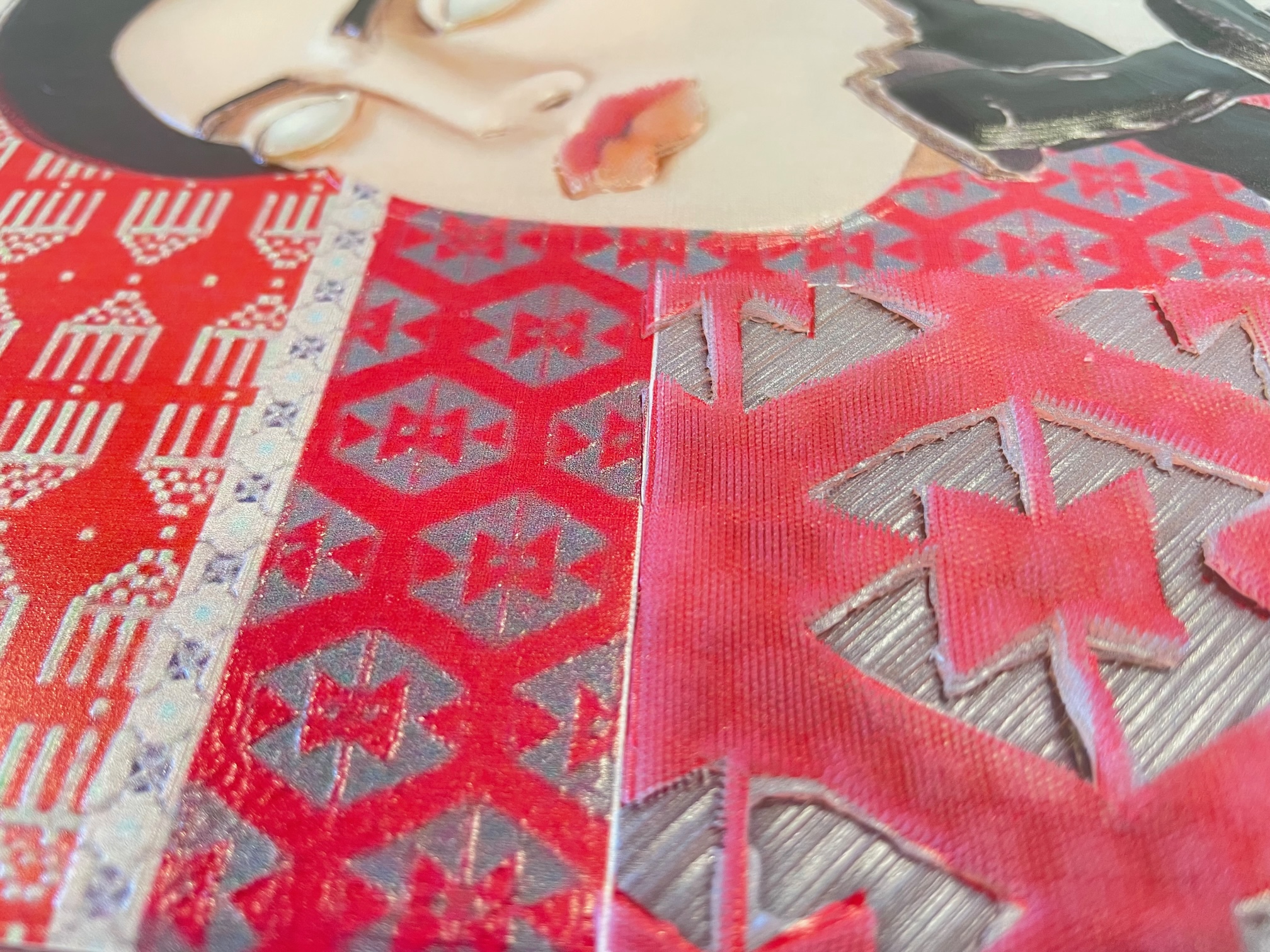
Tactile Models
Tactile Models
© Jan Steffen, Cluster ROOTS

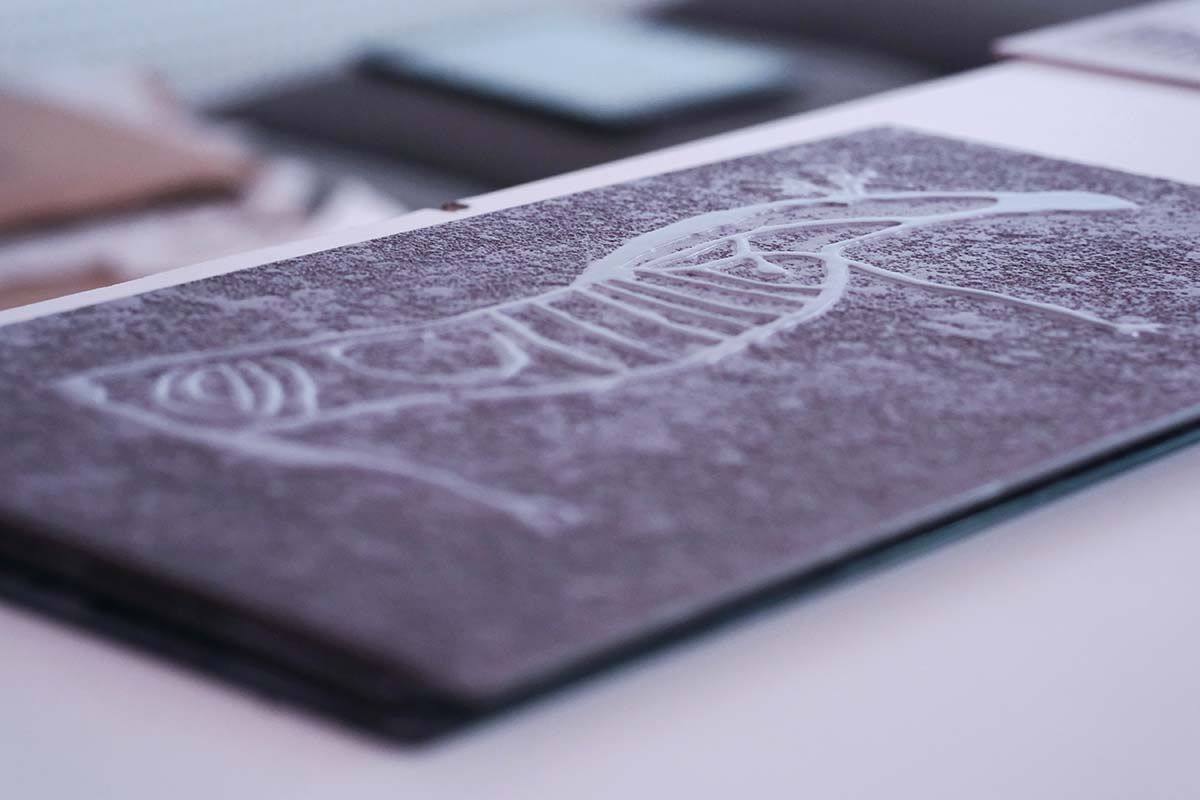
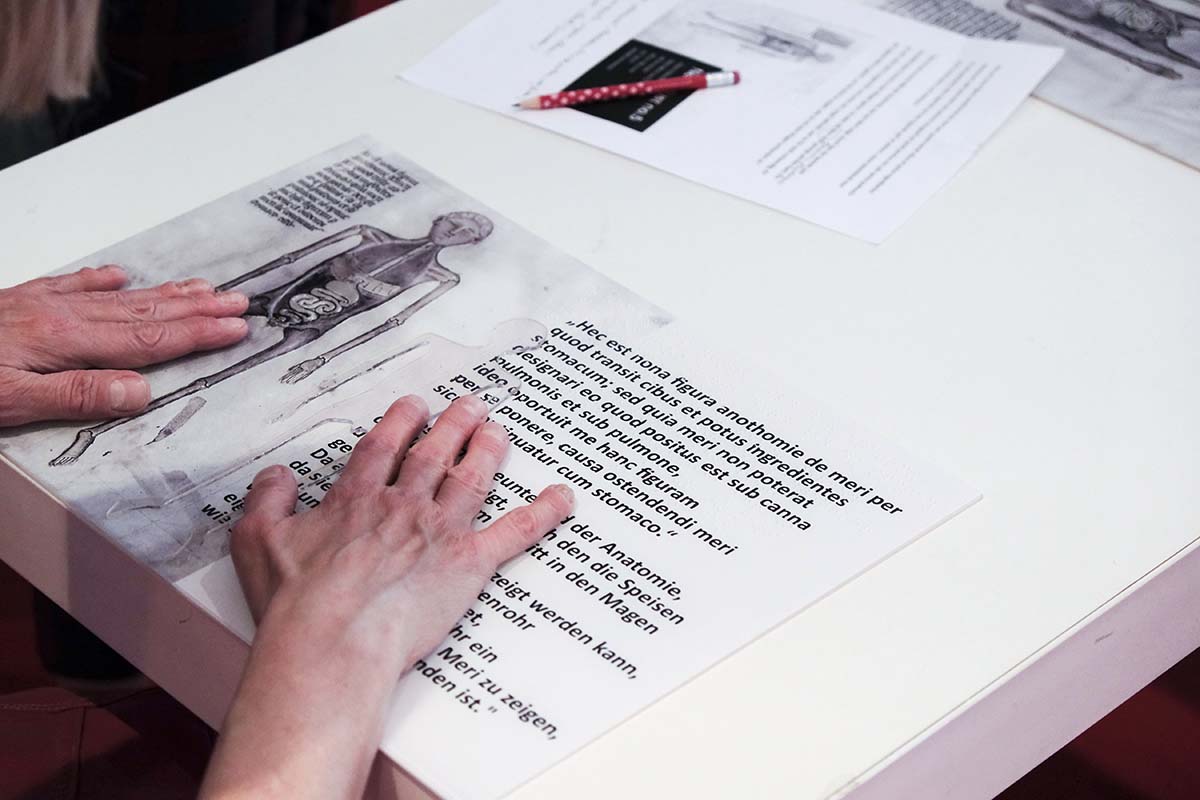
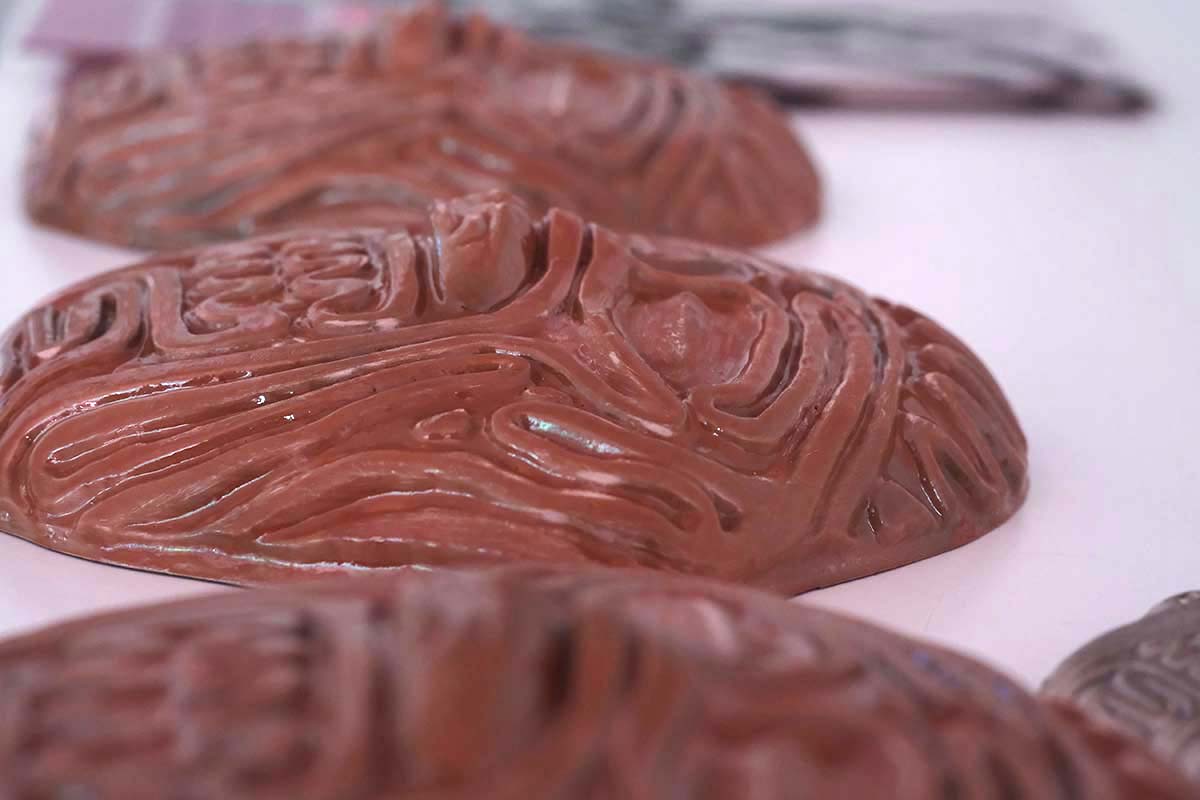
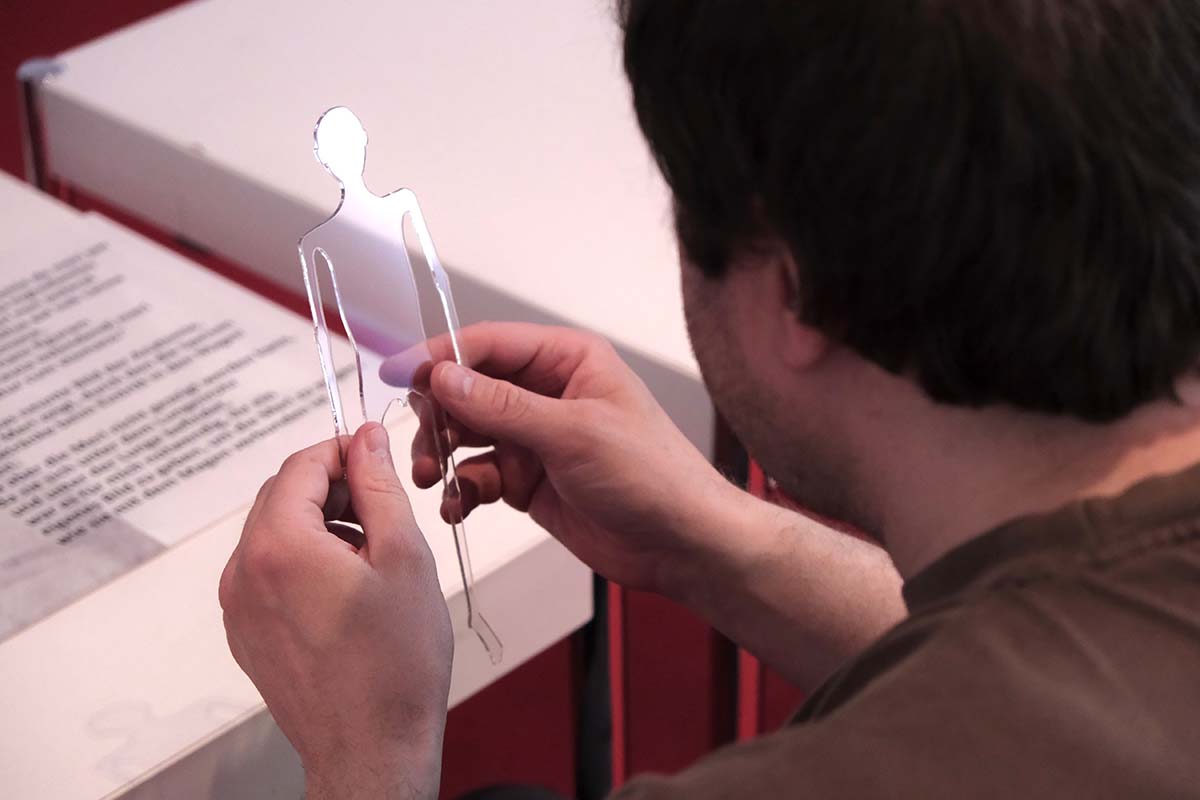

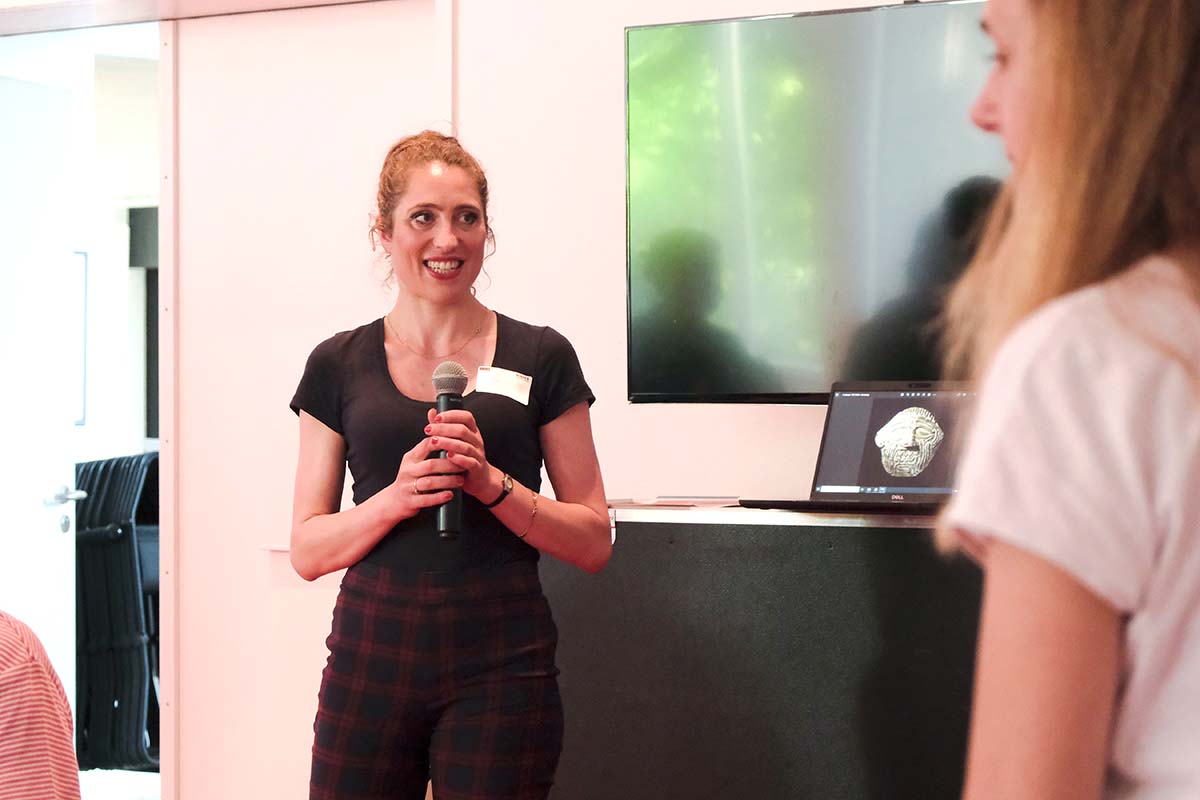

© Jan Steffen, Cluster ROOTS
Guts and Olfactory Experience
Guts and Olfactory Experience
Gut Scents was a collaboration between olfactory artist Klara Ravat and classicists and chemists from the Czech Science Foundation project Alchemies of Scent whose aim was to explore and present the complex smellscape of ritual animal sacrifice as it was practiced in Ancient Greece.
Ritual animal sacrifice was a locus for the encounter of guts in antiquity through many sensual modalities. This would include the slaughter of the animal, the removal of its intestines and vital organs, and roasting of portions of these organs along with fat and flesh as an offering to the gods. Historical sources, however, rarely focus on the rich and often unpleasant smells that accompany the sacrifice and slaughter of animals, focusing instead on describing what are taken to be pleasant smells of roasted meat.
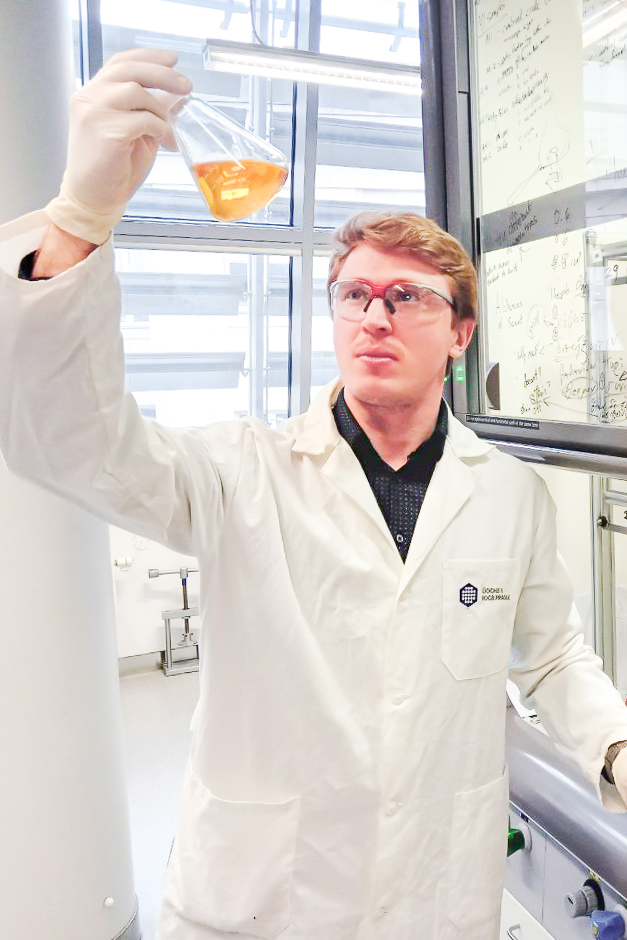
—
Reconstructing the profile of scent compounds
The collaboration thus sought to explore this overlooked sensory aspect of the historical record. Victor Golubev, organic chemist at Alchemies of Scent, worked to reconstruct the profile of scent compounds that might be found in the volatile chemical environment during an animal sacrifice. This environment would mostly comprise chemicals resulting from damage to animal tissues and so it would change over the course of the ritual. Golubev traced these changes by exploring what tissues would degrade at different points. First, he investigated odorants associated with the slaughter or bloodletting of the animal, which would be formed by the interaction of iron in red blood cells with lipids. Second, odorants associated with the removal of the guts would be released, including those from the contents of the intestines and bladder, as well as degradation products of amino acids and fats. Finally odorants associated with roasted meat would arise during the cooking of flesh on the altar due to processes like the Maillard reaction.
© Jan Steffen, Cluster ROOTS
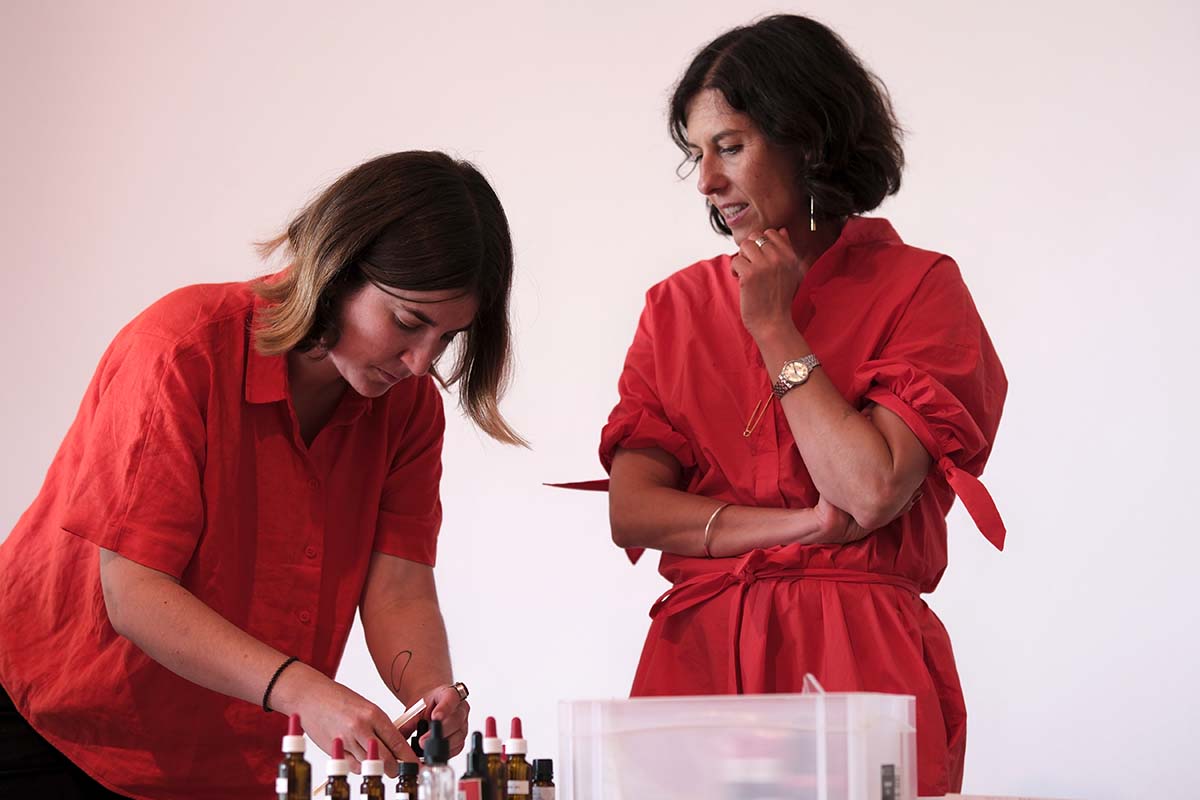
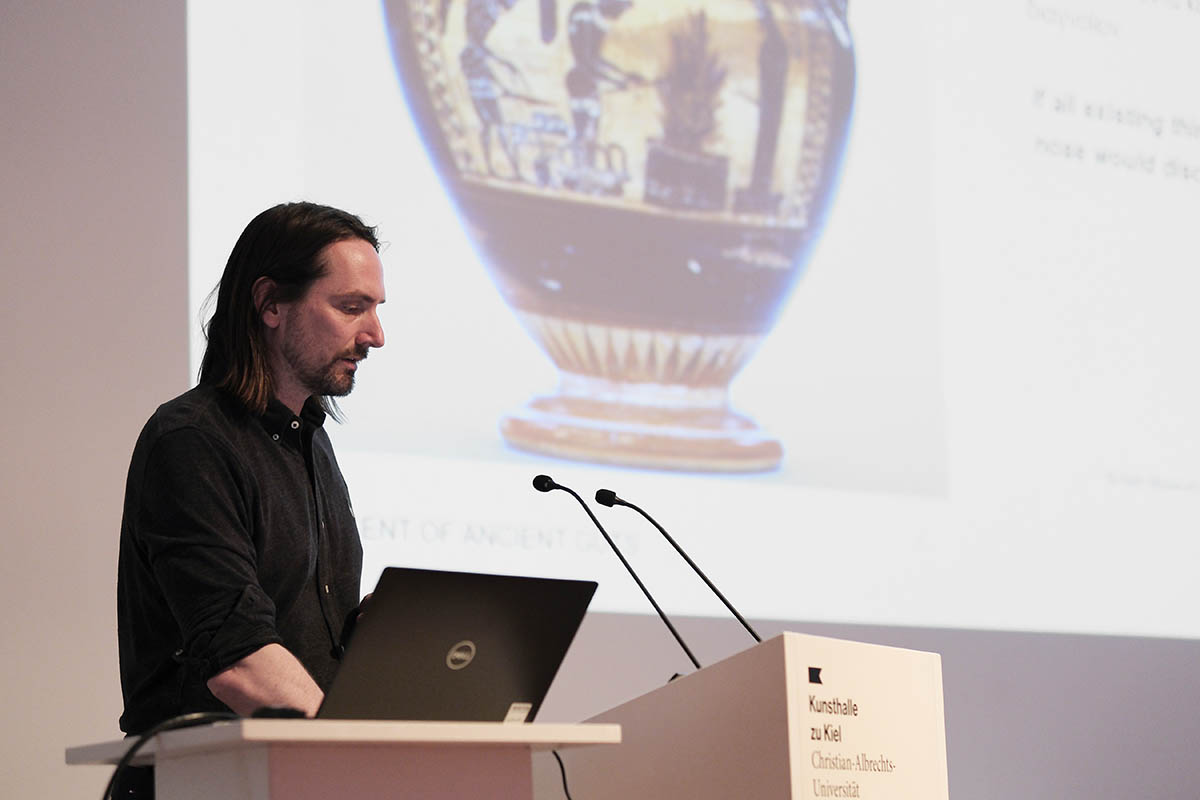
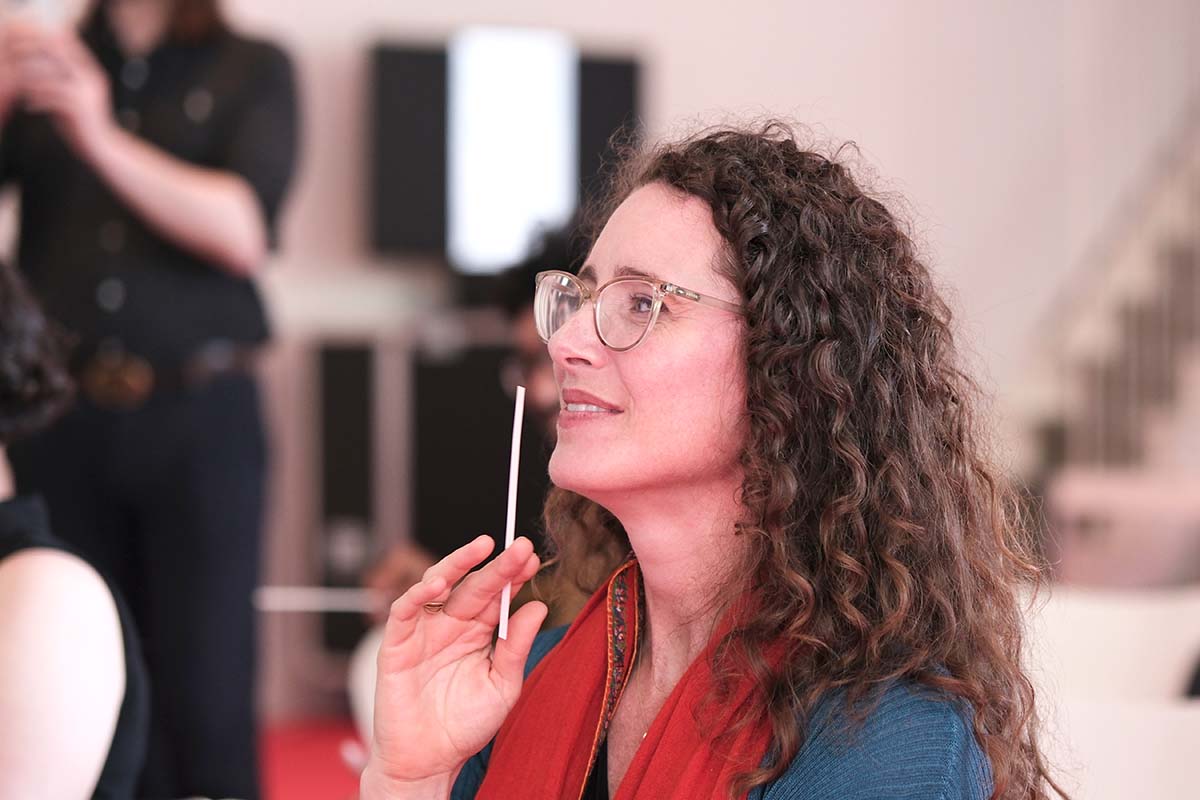
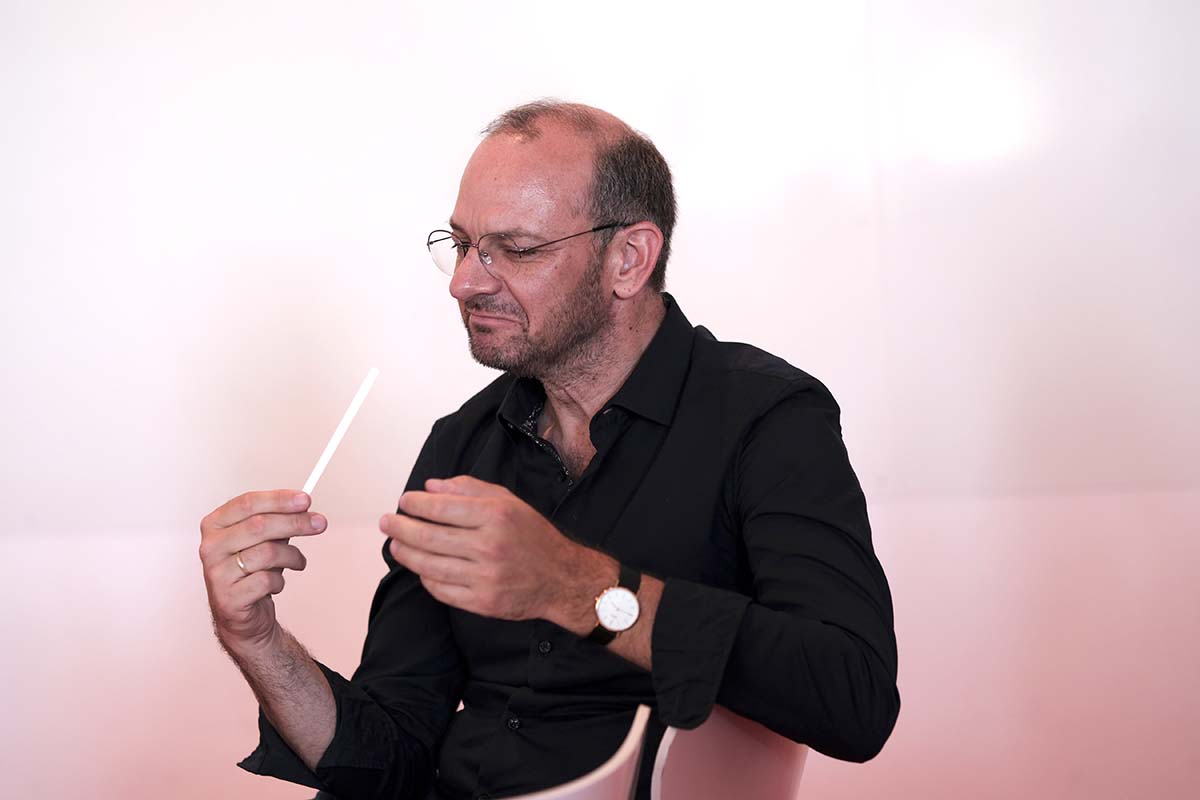
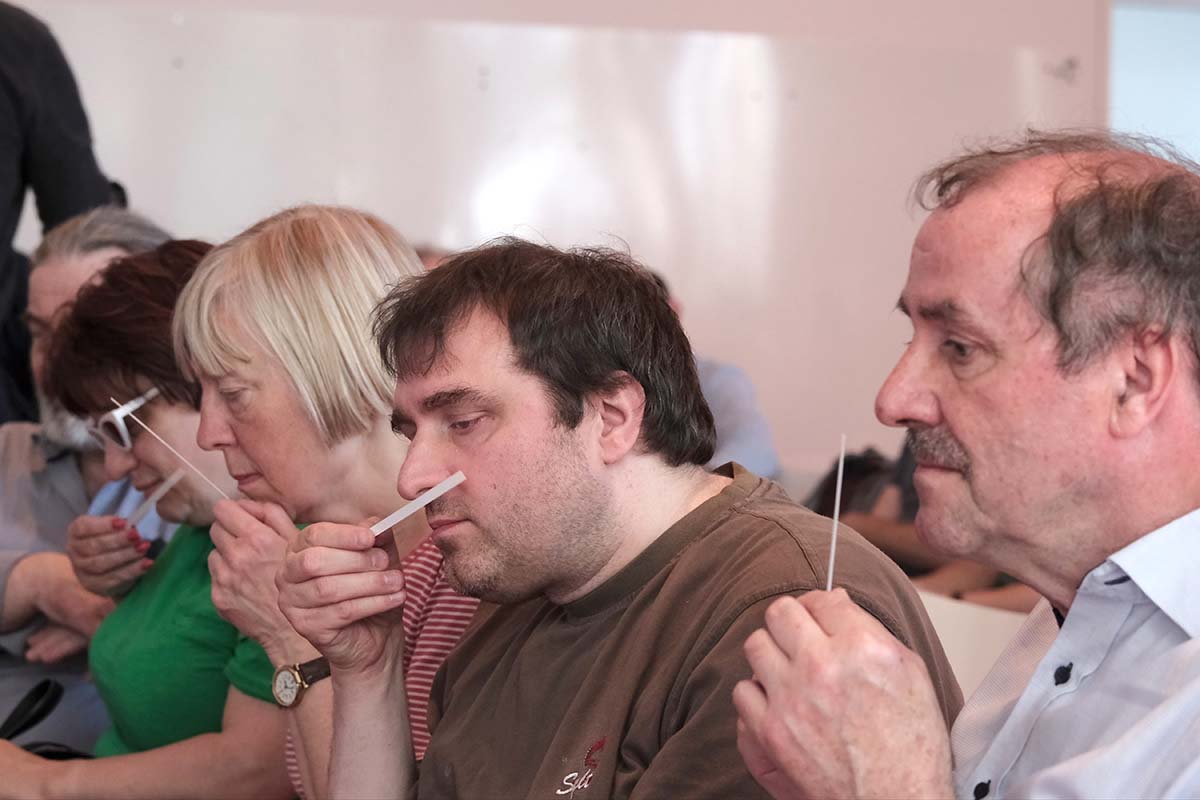
© Jan Steffen, Cluster ROOTS

